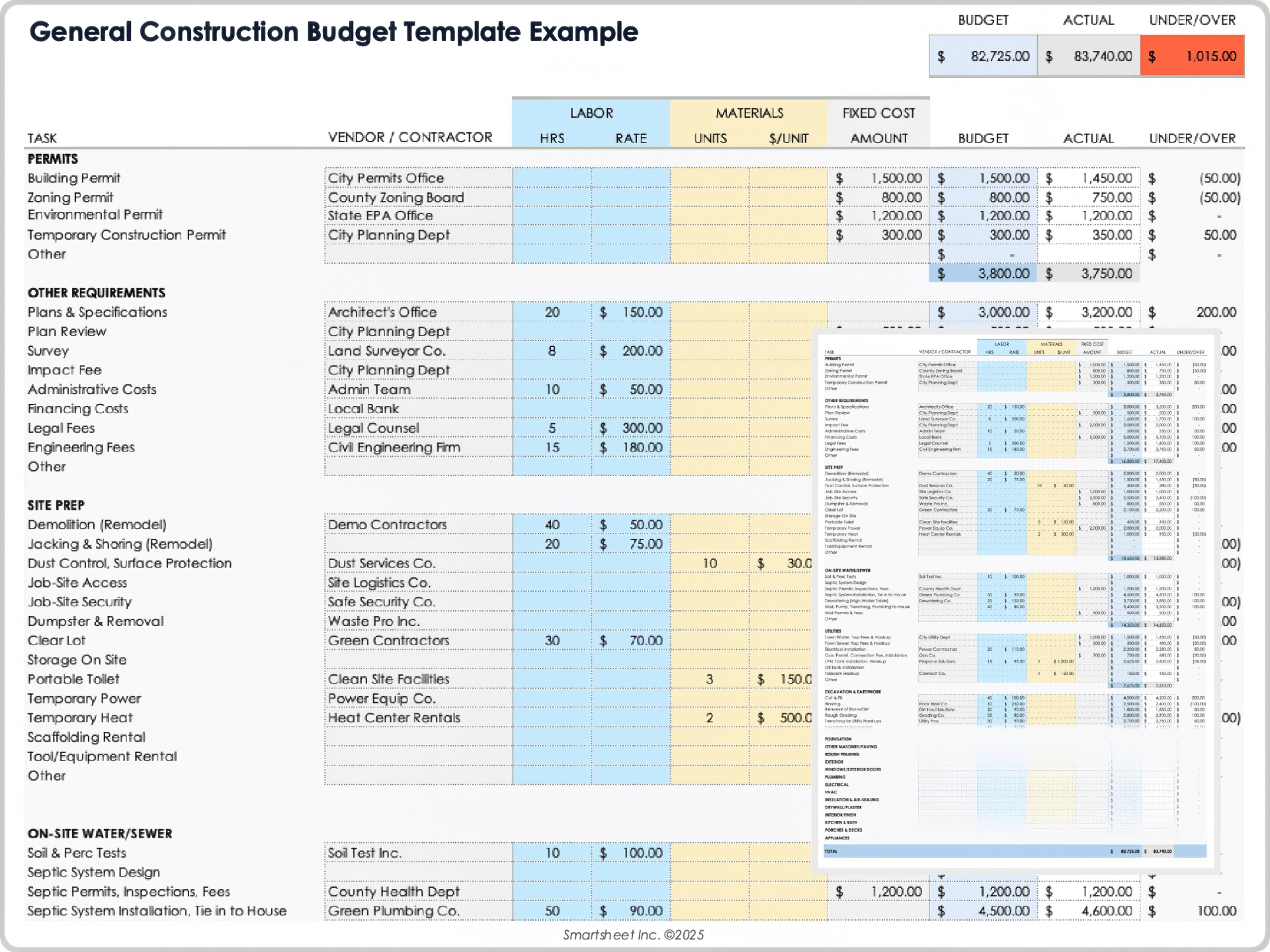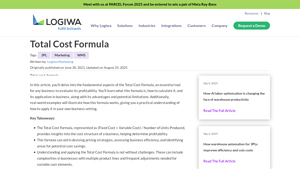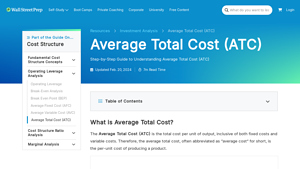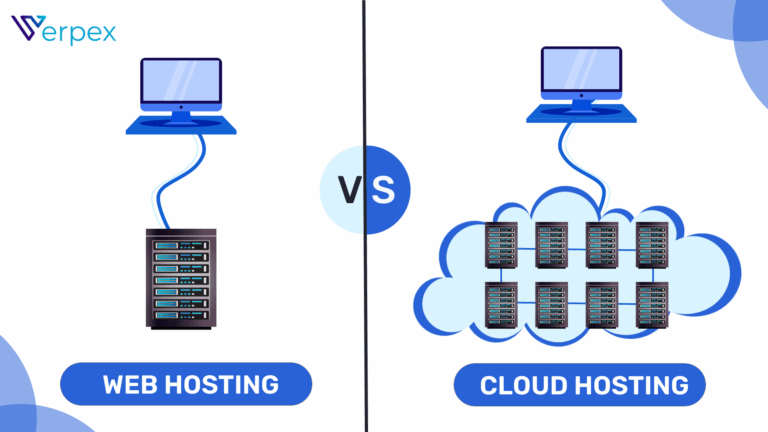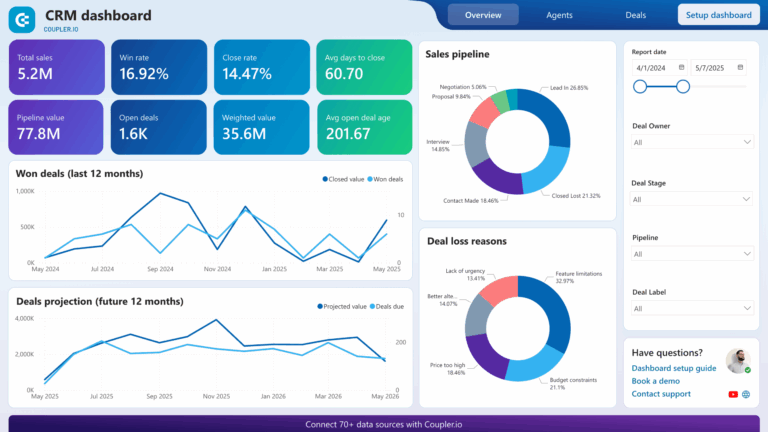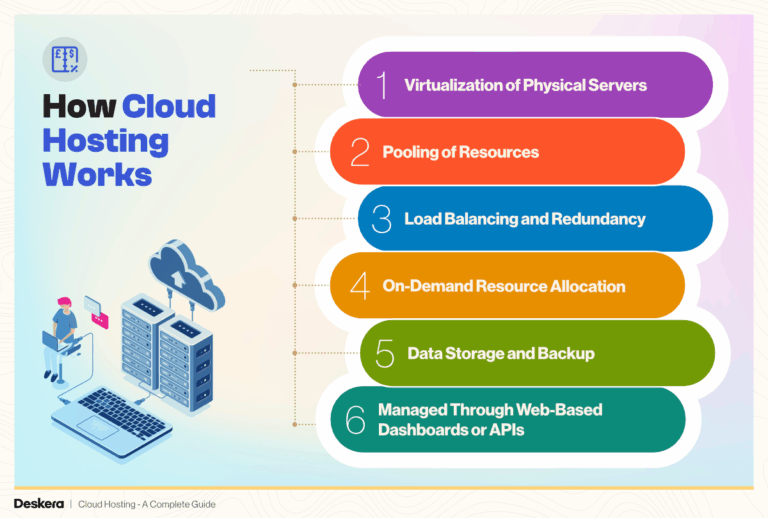Best How Do We Calculate Total Cost: Top 5 Tools Compared
Finding the Best How Do We Calculate Total Cost: An Introduction
Calculating total cost is a fundamental aspect of managing a business effectively. However, many individuals and organizations face challenges when trying to find reliable online tools to assist with this calculation. With numerous options available, it can be overwhelming to determine which tools provide accurate results, are user-friendly, and offer the features necessary for effective cost analysis.
This article aims to simplify that search by reviewing and ranking the top online tools available for calculating total cost. We understand that time is valuable, and our goal is to save you from the hassle of sifting through countless options. By focusing on the most reliable and effective tools, we hope to guide you towards making informed decisions that can enhance your business’s financial management.
To achieve this, we evaluated each tool based on several key criteria. First, we considered accuracy, ensuring that the calculations provided by each tool align with standard cost accounting practices. Next, we assessed ease of use, as a straightforward interface can significantly improve the user experience, especially for those who may not have a strong financial background. Additionally, we looked at the features offered by each tool, such as customization options, reporting capabilities, and integrations with other financial software.
By the end of this article, you will have a curated list of the best online tools for calculating total cost, empowering you to make more strategic financial decisions for your business.
Our Criteria: How We Selected the Top Tools
How We Selected the Top Tools
When evaluating the best online tools for calculating total cost, we considered several key criteria that ensure users can effectively and accurately determine their costs. Our selection process was thorough and focused on providing options that meet a variety of needs. Below are the primary criteria we used to choose the top tools:
-
Accuracy and Reliability
– The foremost criterion is the tool’s ability to provide precise calculations. We prioritized tools that use well-established formulas and methodologies for calculating total cost, ensuring that users can trust the results for making informed business decisions. -
Ease of Use
– A user-friendly interface is crucial for any online calculator. We assessed how intuitive the tools are, including how easily users can navigate through the inputs and outputs. Tools that offer clear instructions and a straightforward design were favored, as they enhance the user experience and reduce the likelihood of errors. -
Key Features
– We examined the essential features that a total cost calculator should include. Important inputs might consist of:- Fixed Costs: Rent, salaries, and other overheads that do not change with production levels.
- Variable Costs: Costs that fluctuate with production volume, such as materials and labor.
- Number of Units Produced: Essential for calculating the average cost per unit.
- Additionally, features such as graphs for visual representation of costs, comparison tools for different scenarios, and export options for reports were also considered.
-
Cost (Free vs. Paid)
– We evaluated the pricing structure of each tool. While some users may prefer free calculators for basic needs, others may require more advanced features available in paid options. We looked for a balance between affordability and functionality, ensuring that users can find a tool that fits their budget while meeting their requirements. -
Customer Support and Resources
– A good calculator should come with adequate support options, including FAQs, tutorials, and customer service. We favored tools that provide resources to help users understand how to input their data correctly and interpret the results effectively.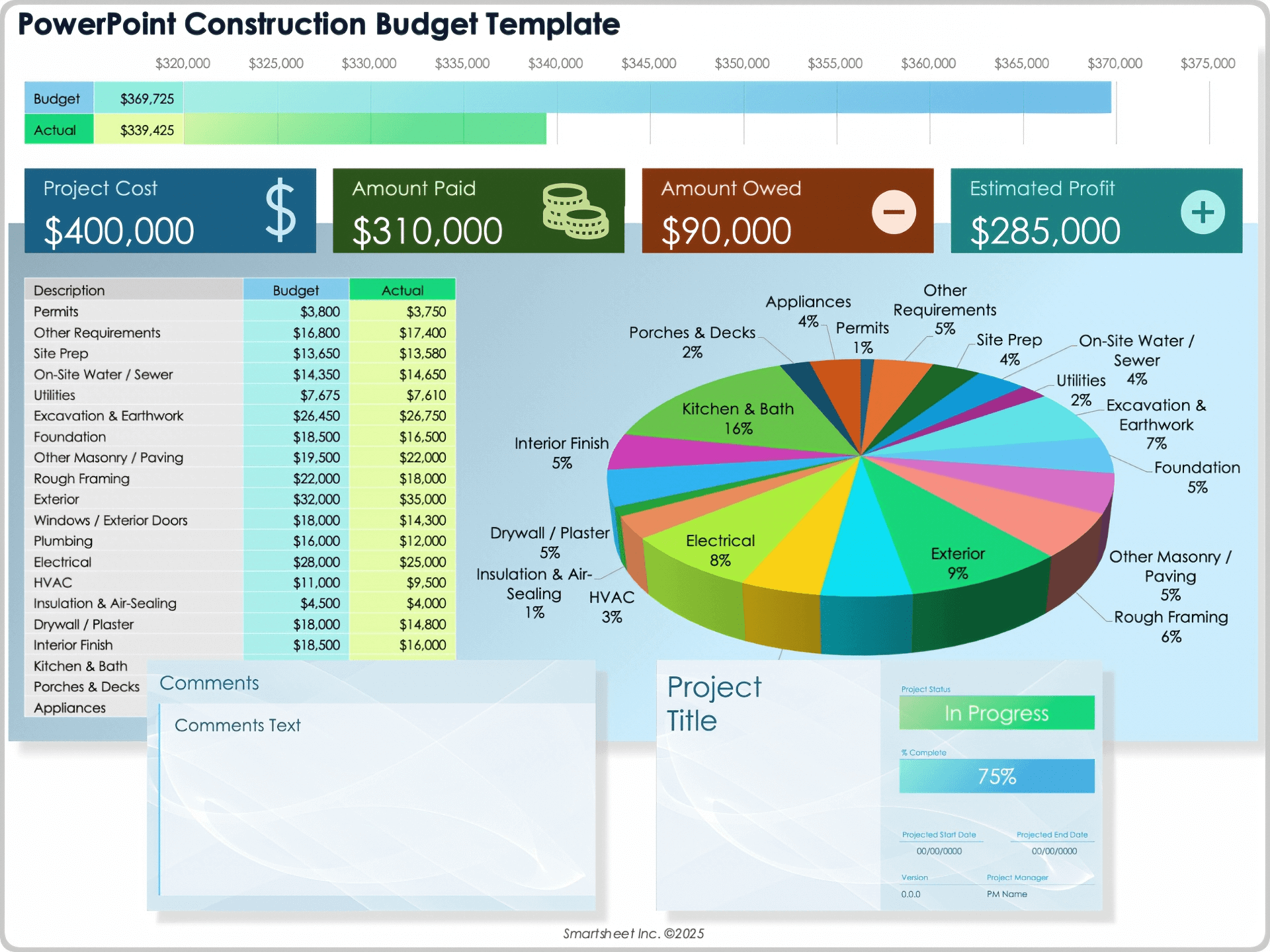
-
User Reviews and Reputation
– Finally, we considered user feedback and the overall reputation of each tool. Tools with positive reviews and a strong track record of customer satisfaction were prioritized, as they often indicate reliability and effectiveness in real-world applications.
By applying these criteria, we aimed to present a comprehensive list of the best online tools for calculating total cost, ensuring that users can make informed choices that suit their specific needs.
The Best How Do We Calculate Total Costs of 2025
1. Total Cost Formula: What It Is, How to Calculate It
The Total Cost Formula offered by Logiwa is a valuable tool for understanding a business’s cost structure by calculating the total cost per unit produced. It simplifies the analysis by combining fixed and variable costs, allowing users to determine the overall expenditure associated with production. This formula is essential for businesses aiming to optimize their pricing strategies and enhance profitability through informed decision-making.
- Website: logiwa.com
- Established: Approx. 9 years (domain registered in 2016)
3. How to Calculate the Total Cost of Ownership of Your Investment …
The tool from ezesoft.com is designed to help users calculate the Total Cost of Ownership (TCO) of their investments, allowing for a more comprehensive evaluation beyond just initial expenses. By considering ongoing costs and potential savings, it enables users to make informed decisions when comparing different solutions, ultimately leading to better investment choices. Key features include detailed cost breakdowns and analytical comparisons to enhance financial decision-making.
- Website: ezesoft.com
- Established: Approx. 20 years (domain registered in 2005)
4. Calculating Total Cost: Relationship with Units & Rate
The “Calculating Total Cost: Relationship with Units & Rate” video from Study.com serves as an educational resource aimed at helping learners understand the fundamental concepts of calculating total costs in mathematics. Key features include clear explanations of how to multiply the rate by the number of units to find total cost, as well as guidance on dividing the cost by the rate to determine the number of units. This video is ideal for students seeking to grasp essential mathematical principles related to cost calculations.
- Website: study.com
- Established: Approx. 30 years (domain registered in 1995)
5. Average Total Cost (ATC)
The Average Total Cost (ATC) calculator from Wall Street Prep serves as a valuable tool for businesses and finance professionals to assess their overall production costs. It simplifies the calculation by combining fixed costs with the product of variable costs per unit and output quantity. This user-friendly tool not only provides the ATC formula but also enables users to input their specific data, making cost analysis efficient and accessible.
- Website: wallstreetprep.com
- Established: Approx. 22 years (domain registered in 2003)
How to Get the Most Accurate Results
Double-Check Your Inputs
To ensure the accuracy of your total cost calculations, start by meticulously checking the data you input into the online calculators. Small errors in entering fixed costs, variable costs, or the number of units produced can significantly skew results. Take a moment to verify each figure against your financial records. For fixed costs, confirm that you have accounted for all relevant expenses such as rent, salaries, and utilities. For variable costs, make sure to include all fluctuating expenses like materials and labor. A thorough review of your inputs is essential for obtaining reliable results.
Understand the Underlying Assumptions
Every online calculator operates based on certain assumptions about cost structures and production processes. Familiarize yourself with these assumptions, as they can affect the outcomes of your calculations. For instance, some calculators may assume that fixed costs remain constant across different production levels, while others might incorporate variable pricing based on volume. Understanding these underlying factors will help you interpret the results more accurately and apply them effectively to your specific situation.
Use Multiple Tools for Comparison
No single calculator is perfect for every scenario. To get the most accurate assessment of your total costs, consider using multiple online tools and comparing their outputs. Different calculators may use various algorithms or methodologies, which can yield slightly different results. By cross-referencing several calculators, you can gain a broader understanding of your total costs and identify any discrepancies. This practice not only enhances the accuracy of your calculations but also helps you to consider different perspectives and approaches to cost analysis.
Keep Records of Your Calculations
Maintaining a record of your calculations can be invaluable for future reference and ongoing analysis. Create a spreadsheet where you can log your inputs, outputs, and the specific calculators used. This documentation will help you track changes over time and assess how various factors influence your total costs. Additionally, having a historical record can assist in budgeting and forecasting for future projects.
Regularly Update Your Data
Costs can fluctuate due to various factors such as market conditions, supplier changes, and operational adjustments. To ensure that your calculations remain relevant, regularly update your input data to reflect the most current information. Set a schedule to review your fixed and variable costs at least quarterly or whenever significant changes occur in your business. This proactive approach will help you maintain accurate total cost assessments and make informed decisions regarding pricing and budgeting.
Seek Professional Guidance if Needed
If you find yourself struggling with the calculations or the underlying concepts, don’t hesitate to seek professional advice. A financial advisor or accountant can provide personalized insights and assist you in accurately calculating total costs. Their expertise can be particularly beneficial for complex business models or industries with unique cost structures. Investing time in understanding your total costs is essential for making informed financial decisions that drive profitability.
Frequently Asked Questions (FAQs)
1. What is the total cost formula?
The total cost formula is a mathematical equation used to determine the overall cost associated with producing goods or services. It is expressed as:
Total Cost = (Fixed Cost + Variable Cost) / Number of Units Produced
This formula combines both fixed costs (expenses that do not change with production levels, like rent) and variable costs (expenses that vary directly with production levels, such as raw materials) to find the average cost per unit produced.
2. How do fixed costs and variable costs differ in the total cost calculation?
Fixed costs are expenses that remain constant regardless of production levels, such as rent, salaries, and insurance. Variable costs, on the other hand, fluctuate based on the volume of production, including costs for raw materials, labor, and shipping. Understanding the distinction between these costs is essential for accurately applying the total cost formula and determining profitability.
3. Can the total cost formula be applied to service-based businesses?
Yes, the total cost formula can be applied to service-based businesses. While fixed costs may include rent and salaries, variable costs could involve supplies, hourly wages, and other operational expenses. The formula may need slight adjustments to account for the unique cost structures of service industries, but the fundamental principles remain the same.
4. How often should I calculate my total cost?
The frequency of calculating total cost largely depends on the nature of your business and how rapidly your costs change. However, it is advisable to perform this calculation at least quarterly. Regular assessments help ensure timely adjustments to your pricing strategy, allowing you to maintain profitability in response to changing costs.
5. What strategies can I use to reduce my total cost?
Reducing total cost can be achieved through various strategies, including:
– Lowering Fixed Costs: Negotiate better lease terms or find cost-effective alternatives for utilities.
– Reducing Variable Costs: Seek bulk purchasing discounts from suppliers or improve operational efficiency to lower material waste.
– Increasing Production: Aim to produce more units without a corresponding increase in costs, which can lower the average cost per unit.
Implementing these strategies can enhance your overall profitability while maintaining competitive pricing.
Important Disclaimer
⚠️ Important Disclaimer
The information and reviews in this guide are for educational purposes only and are based on publicly available information. We are not affiliated with any of the tools mentioned. Features and pricing may change. Always conduct your own research before choosing a tool for your needs.
